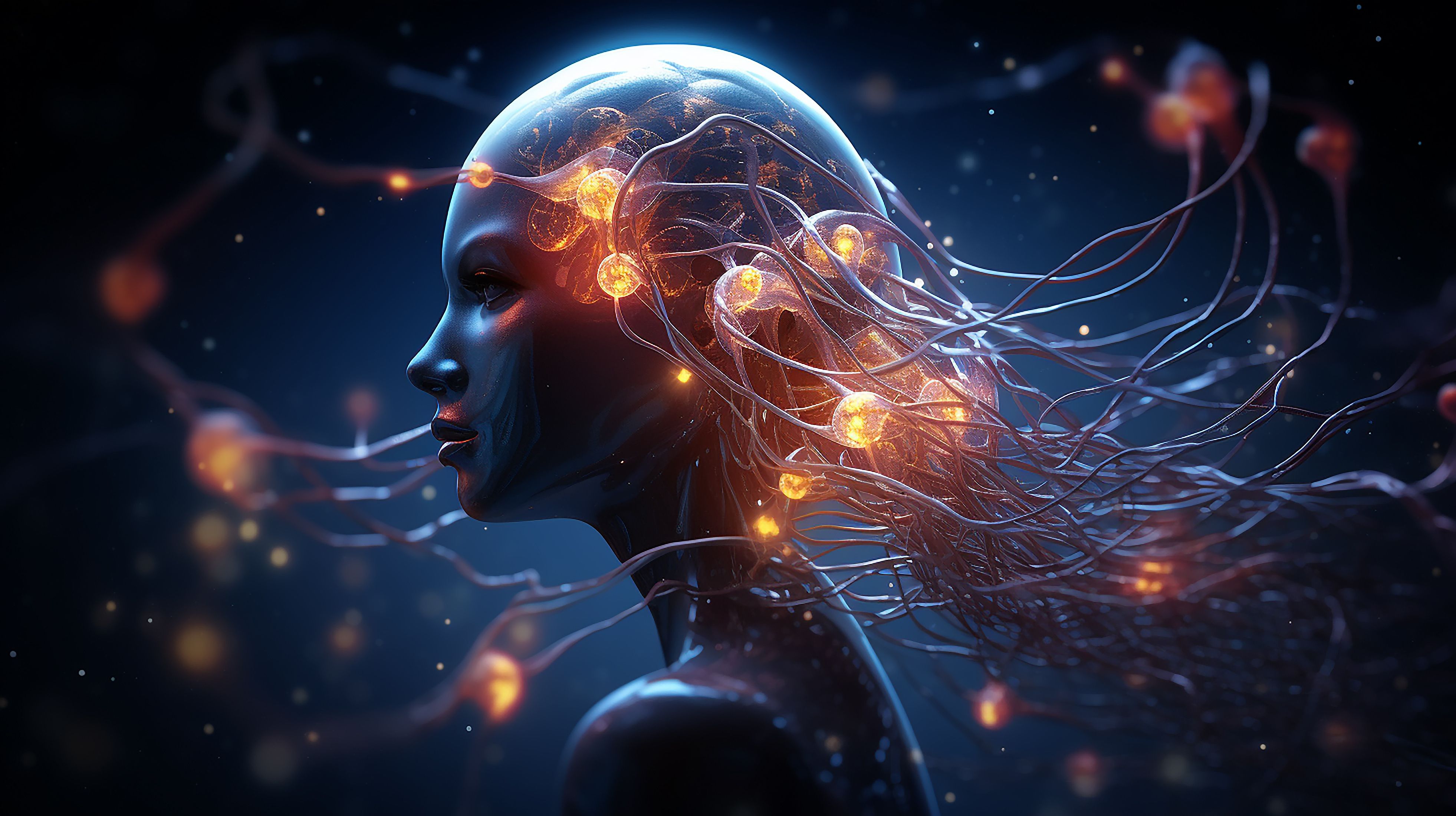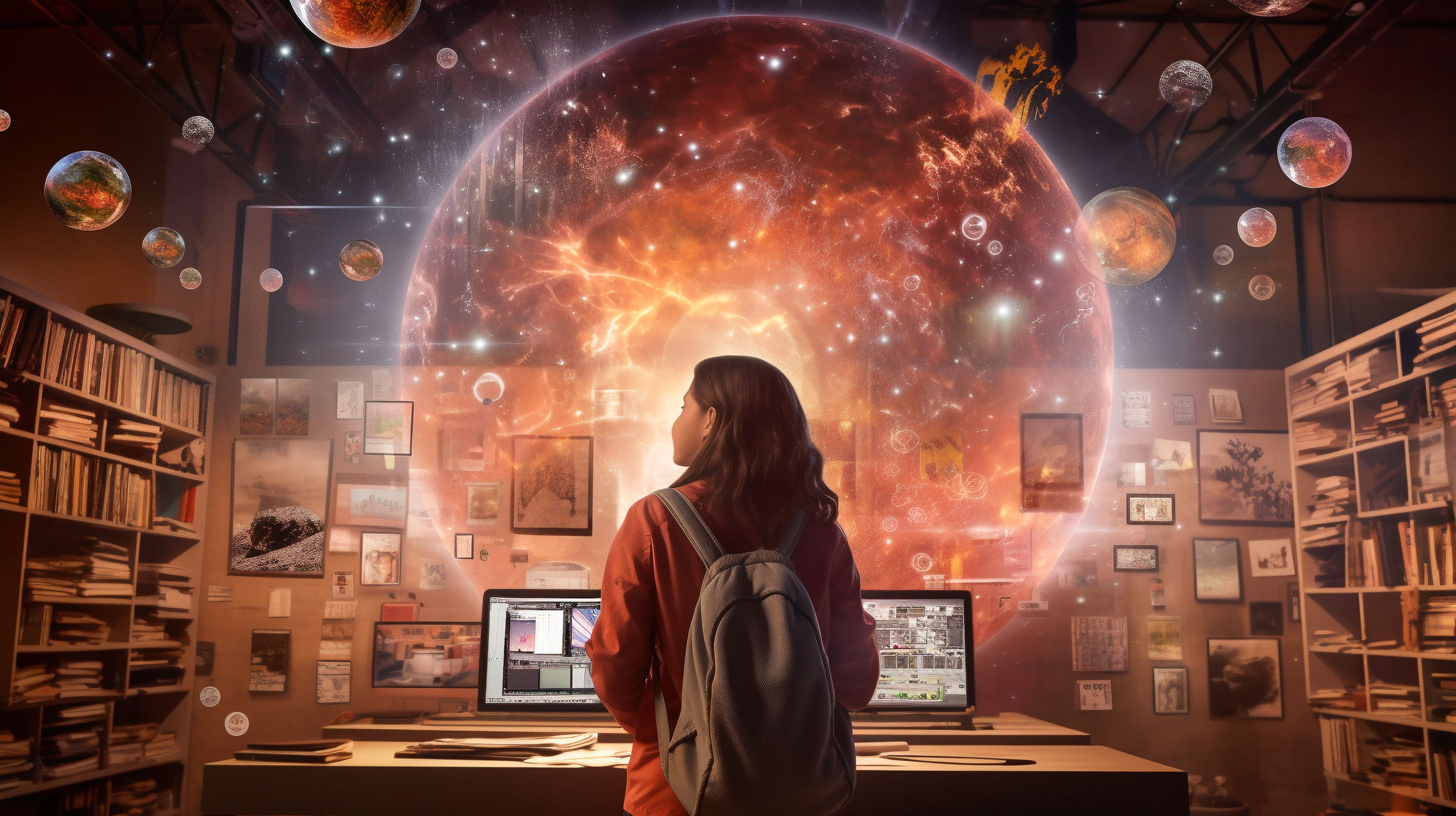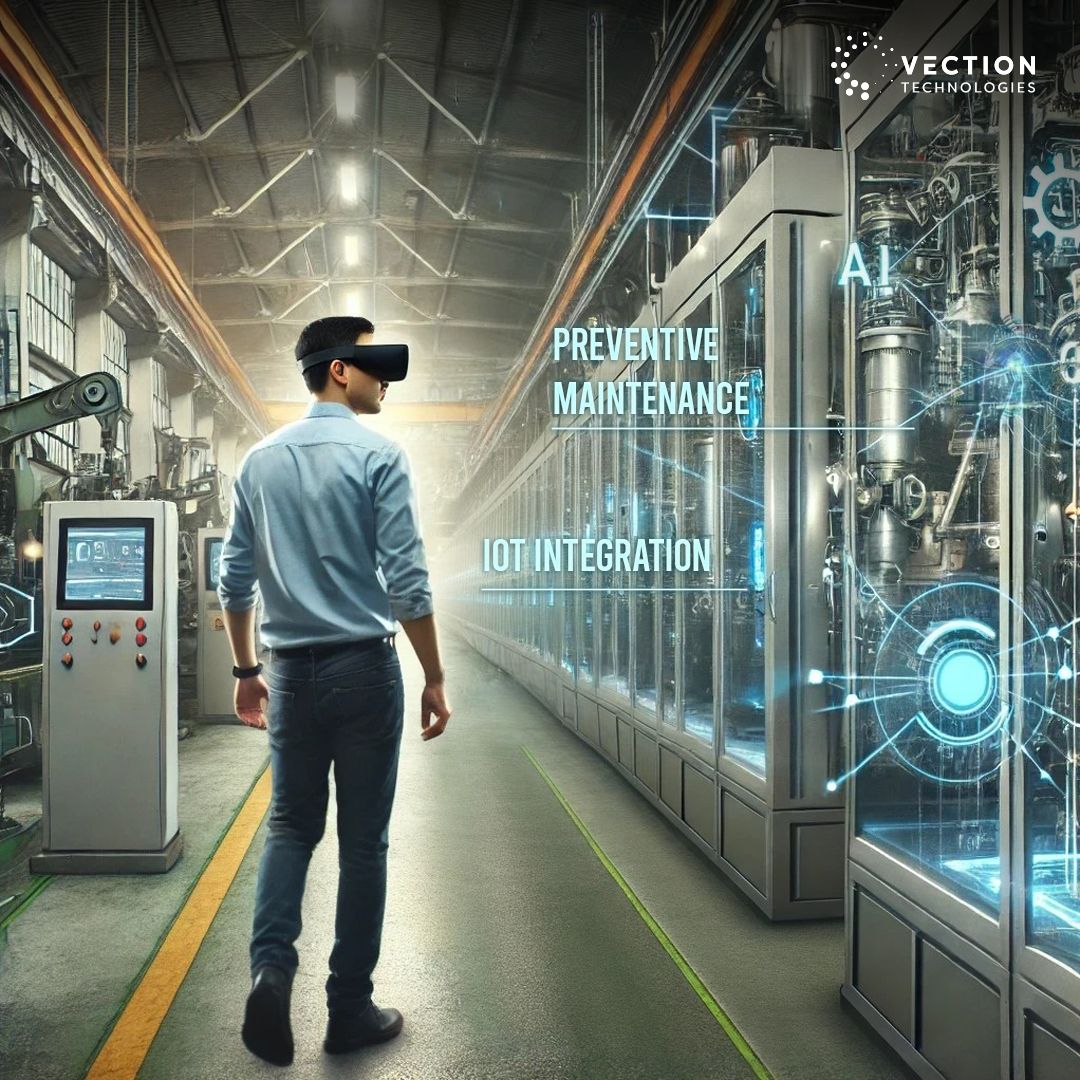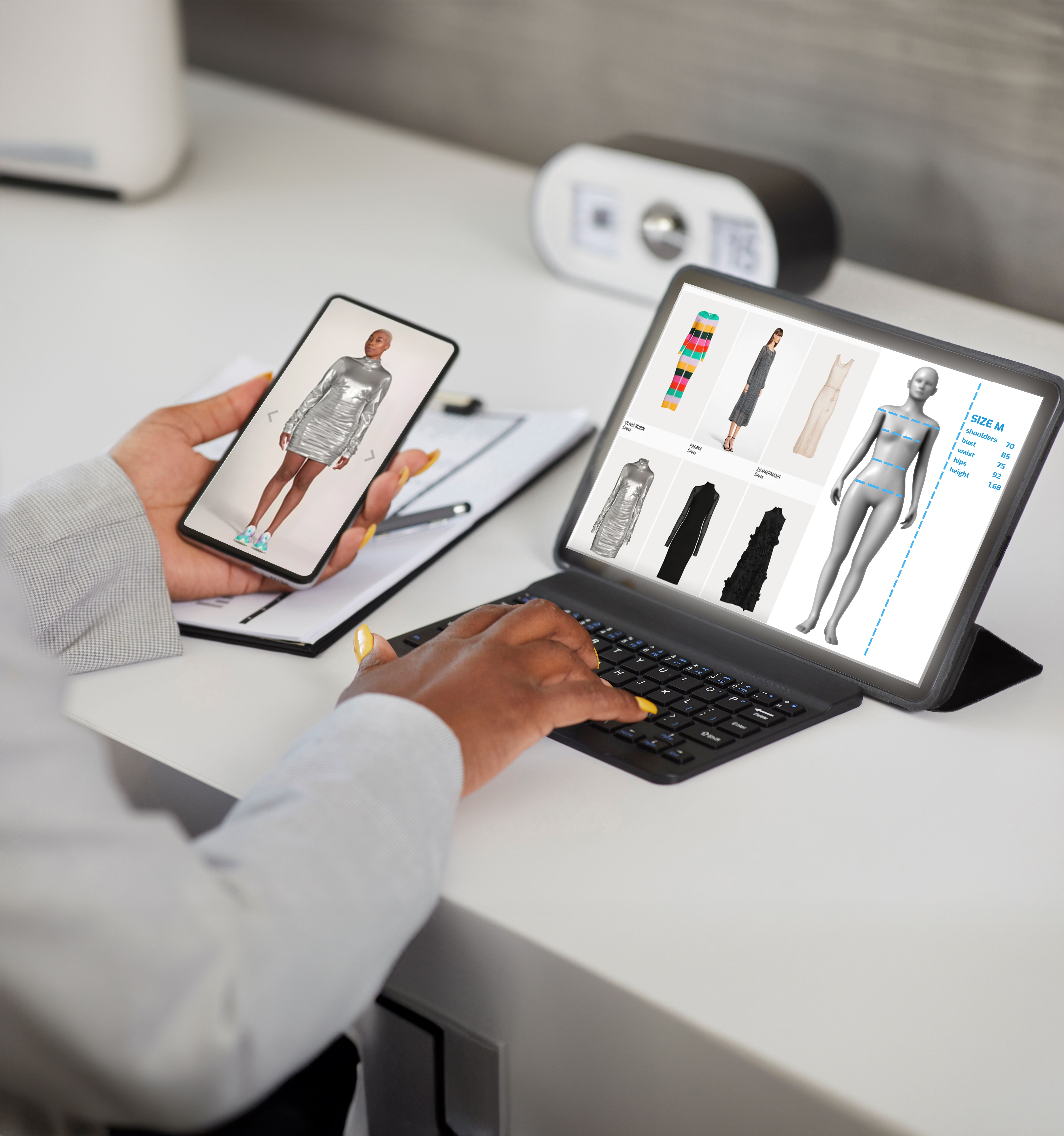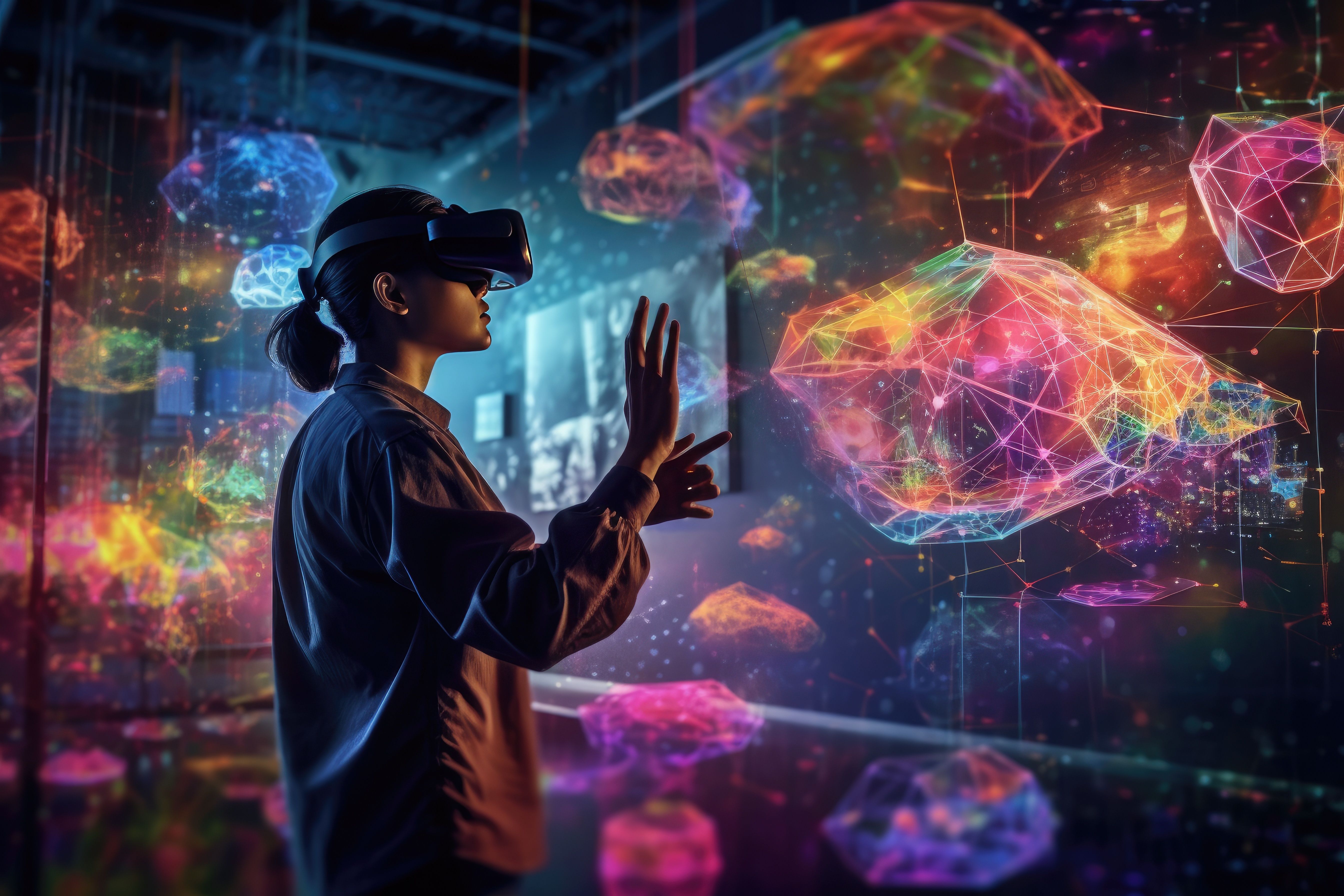he convergence of artificial intelligence (AI) and extended reality (XR) is set to revolutionize multiple industries, bringing forth a wave of innovative applications and unprecedented benefits. AI's ability to analyse and interpret vast amounts of data combined with XR's immersive capabilities is ushering in a new era in human-computer interaction (HCI). This synergy is transforming traditional workflows, enhancing user experiences, and paving the way for a future where virtual and physical worlds seamlessly blend together. Let’s delve into some potential use cases and the transformative benefits of integrating AI and XR:
Healthcare: Precision and Enhanced Patient Outcomes
Surgical Assistance and Training: in healthcare, AI and XR integration offers groundbreaking advancements in surgical assistance and training. Surgeons can use AR overlays during operations, which provide real-time data and visual guidance directly on the patient's body. For example, AI can process medical imaging data to create 3D models of organs and tissues, which are then superimposed on the surgical site through AR. This precise visual guidance reduces the risk of errors and enhances surgical precision. Moreover, VR-based surgical training simulations, powered by AI, allow medical professionals to practice complex procedures in a controlled, risk-free environment (Frontiers) (HCI Lab).
Remote Consultations and Diagnostics: Telemedicine is significantly enhanced through AI-powered XR. Doctors can conduct remote consultations using AR, which allows them to visually examine patients as if they were in the same room. AI algorithms assist by analysing medical images and patient data to provide diagnostic insights. This technology not only makes healthcare more accessible, especially in remote areas, but also ensures that patients receive timely and accurate diagnoses (HCI Lab).
Education: Immersive and Personalized Learning
Interactive Learning Experiences: XR technologies create immersive educational environments where students can explore virtual historical sites, conduct simulated science experiments, or interact with 3D models. AI enhances these experiences by personalizing the content based on individual learning styles and paces. For instance, an AI system can analyse a student’s progress and adjust the difficulty level of the virtual lessons, accordingly, ensuring a tailored and effective learning experience (Frontiers) (HCI Lab).
Professional Training and Development: In fields like transportation and manufacturing, AI-driven XR simulations provide hands-on training without the associated risks. Trainees can practice emergency scenarios or complex tasks in a virtual environment, gaining valuable experience that translates to better performance in real-world situations. AI continuously monitors and adapts the training modules based on trainee performance, optimizing the learning process (Frontiers).
Manufacturing: Efficiency and Safety
Smart Maintenance and Repairs: in the manufacturing sector, AR glasses equipped with AI capabilities can guide technicians through maintenance and repair tasks. By overlaying step-by-step instructions directly onto the equipment, these systems reduce errors while improving efficiency and safety. Additionally, AI can predict equipment failures by analysing data from IoT sensors, enabling proactive maintenance and reducing downtime (Frontiers).
Enhanced Design and Prototyping: XR allows engineers and designers to visualize and interact with 3D models of products before they are built. AI can analyse design data to suggest improvements, optimize materials, and predict performance outcomes. This integration accelerates the development process, reduces costs, and enhances the final product quality (HCI Lab).
Retail: Personalized and Immersive Shopping
Virtual Try-Ons and Showrooms: in retail, AR can create virtual try-on experiences for clothing, accessories, and even furniture. AI algorithms analyse customer preferences and body measurements to recommend products and visualize how they would look. This personalized shopping experience increases customer satisfaction and boosts sales (HCI Lab).
In-Store Navigation and Assistance: AR can help customers navigate through stores by overlaying directions and product information in real-time. AI-powered chatbots and digital humans can provide personalised assistance, answering questions and making recommendations based on customer behaviour and preferences. This integration enhances the in-store shopping experience and improves customer engagement (Frontiers).
Real Estate: Virtual Tours and Staging
Immersive Property Tours: Potential buyers can take virtual tours of properties using XR, allowing them to explore homes as if they were physically there. AI analyses buyer preferences to suggest properties that match their criteria, facilitating the house-hunting process and making it more efficient (HCI Lab).
Virtual Staging: Realtors can use AR to virtually stage homes, showing potential buyers how spaces could look with different furniture and decor. AI helps by optimizing the staging based on market trends and buyer preferences, making properties more appealing and easier to sell (Frontiers).
Entertainment: AI-Powered NPCs and Gamified Experiences
AI-Powered Non-Player Characters (NPCs): In the gaming industry, AI enhances the behaviour and interaction of NPCs within XR environments. These intelligent NPCs can adapt to player actions, providing a more dynamic and immersive gaming experience. This leads to engaging storylines and realistic interactions, enriching the overall gameplay (Frontiers) (HCI Lab).
Building Gamified Experiences: XR can be used to create gamified experiences in education, corporate training, and fitness. AI tailors these experiences to individual users, making learning and training more engaging and effective. For example, gamified fitness apps use AI to customize workout plans and track progress, motivating users to stay active and reach their fitness goals (Frontiers) (HCI Lab).
Conclusion
The integration of AI and XR is transforming industries by enhancing user experiences and optimizing workflows. From healthcare to retail, the combined power of AI's analytical capabilities and XR's immersive environments is driving innovation and creating a future where virtual and physical worlds merge. As these technologies evolve, their applications will expand, offering new opportunities for efficiency, engagement, and growth.
